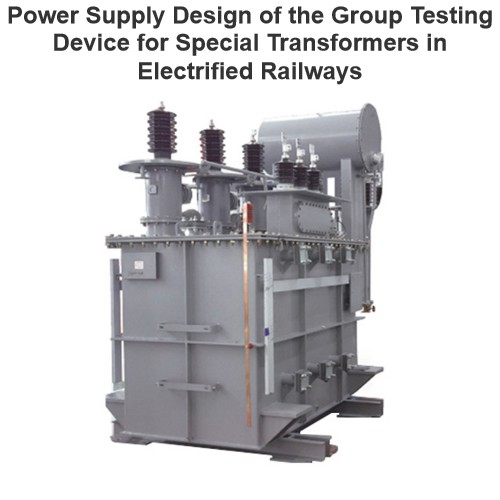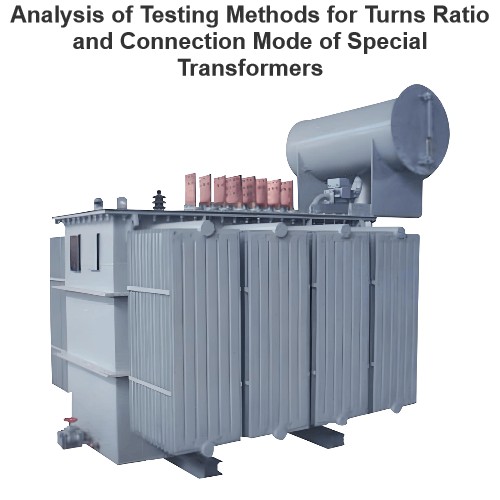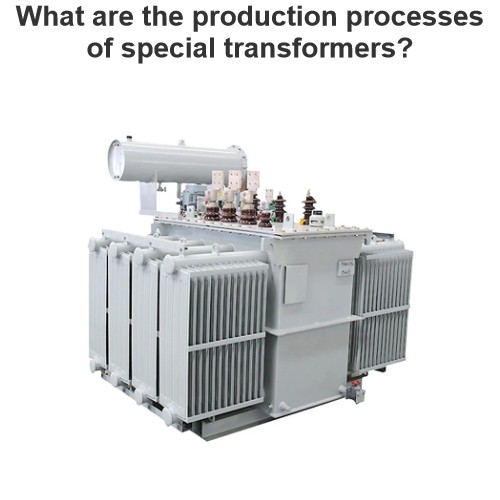Life Cycle Cost Analysis of Power Transformers Based on IEC Standards
Life Cycle Cost Analysis of Power Transformers Based on IEC Standards
Core Framework Under IEC Standards
According to IEC 60300-3-3, the life cycle cost (LCC) of power transformers includes five stages:
- Initial Investment Costs: Procurement, installation, and commissioning (e.g., 20% of total LCC for a 220kV transformer).
- Operational Costs: Energy losses (60%-80% of LCC), maintenance, and inspections (e.g., annual savings of 2,600 kWh for a 1250kVA dry-type transformer).
- Decommissioning Costs: Residual value (5%-20% of initial investment) minus environmental disposal fees.
- Risk Costs: Outage losses and environmental penalties (calculated as fault frequency × repair time × unit loss cost).
- Environmental Externalities: Carbon emissions (e.g., 0.96 kg CO₂/kWh loss, totaling tens of thousands over a 40-year lifespan).
Key Cost Optimization Strategies
Efficiency & Material Innovation:
- PEI Value: IEC TS 60076-20 introduces the Peak Efficiency Index (PEI) to balance no-load/load losses.
- Aluminum Windings: Reduce costs by 23.5% compared to copper, with improved heat dissipation.
Operational Strategies:
- Load Rate Optimization: Economic load rates (60%-80%) minimize losses (e.g., 14.3万元 annual savings for a 220kV transformer).
- Demand-Side Response: Peak shaving reduces LCC by 12.5%.
- Digital Modeling: Integrate parameters like efficiency curves and failure rates for dynamic cost simulations.
Case Studies
Case 1 (220kV Transformer):
Option A (Standard): Initial cost = 8 million yuan, 40-year LCC = 34.766 million yuan.
Option B (High-Efficiency): Initial cost 10.4% higher, but total LCC reduced by 11.8% due to 4.096 million yuan in energy savings.
Case 2 (400kVA Amorphous Core Transformer):
Reduces carbon-linked LCC (CLCC) by 15.2% but increases failure rates by 20%.
Challenges & Recommendations
- Data Gaps: Incomplete failure rate statistics may skew models (e.g., 35% of LCC attributed to faults in 10kV transformers).
- Policy Alignment: Link energy efficiency standards to LCC (e.g., China’s GB 20052-2024 mandates efficiency upgrades).
- Future Trends: AI-driven decision tools and circular economy designs (e.g., modular structures improve residual value by 5%-10%).
Hello,I'm Wdwiin. A decade of hands-on experience in electrical engineering, specializing in high-voltage systems, smart grids, and renewable energy technologies. Passionate about technical exchange and knowledge sharing, committed to interpreting industry trends with professional insights to empower peers. Connection creates value—let’s explore the boundless possibilities of the electrical world together!













